Did you know that over 30 million travelers visit Southeast Asia annually, yet 22% report unexpected challenges, from scams to health issues, that preparation could have prevented? Regardless of whether you’re planning a cultural adventure, a tropical escape, or even a business trip, failing to research and act on key southeast asia travel precautions can turn a dream trip into a logistical nightmare. With vibrant cultures, stunning landscapes, and exciting cuisine, this region offers so much, but being unprepared could put your health, belongings, and safety at risk. Read on for an actionable, comprehensive guide to staying safe and making the most of your Southeast Asia experience.
Start Safe: Why Southeast Asia Travel Precautions Matter
Southeast Asia travel precautions are more than just an afterthought—they’re a must for anyone aiming for peace of mind on the road. The region, with its bustling cities, remote rural areas, and world-famous street food, is increasingly popular with travelers chasing adventure and value. However, the diversity and vibrancy come with distinct safety challenges: petty theft, transportation hazards, infectious diseases, and occasional natural disasters. By prioritizing safety from the start, you’ll not only guard against these risks but also ensure your energy and money are spent making memories, not solving problems.
“Over 30 million travelers visit Southeast Asia annually, yet 22% report unexpected challenges, from scams to health issues, that preparation could have prevented.”
In this article, we lead with practical insights you can immediately apply. Learn what separates safe in Southeast Asia travel from unpredictable, and use our extensive checklist to avoid the common pitfalls faced by both new and veteran travelers. Whether you’re concerned about natural disaster risk, street crime, navigating local laws, or simply keeping your valuables hidden, our advice is tailored to empower you before you even step on the plane.
What You’ll Learn About Southeast Asia Travel Precautions
- Understanding risk: Is Southeast Asia safe for travel?
- Health requirements: Vaccines and medical prepping
- Safe in Southeast Asia: Handling transportation, scams, and emergencies
- Female and solo travel tips for Southeast Asia
- Essential packing and travel tips for the region
Overview: Is Southeast Asia Safe for Travelers?
Generally speaking, Southeast Asia is considered safe for international travelers. While crime rates and hazards vary from country to country, the majority of travelers report positive experiences when they’re mindful of common safety guidelines. Petty theft, such as pickpocketing, is the most reported risk, especially in crowded markets and transit hubs, but violent crime is rare. Tourist infrastructure in countries like Thailand, Vietnam, and Malaysia is well-developed, contributing to improved transport safety and emergency response. Still, risk awareness and preparation make all the difference in reducing unforeseen troubles. In recent years, travelers have also noted an increase in scams designed to target foreigners, making vigilance non-negotiable for a worry-free trip.
Comparing Travel Safety in Southeast Asia vs. East Asia
It’s important to clarify the difference between Southeast Asia and East Asia when evaluating travel safety. While destinations such as Japan and South Korea in East Asia have consistently ranked among the safest countries globally, well-developed parts of Southeast Asia—including Singapore and Brunei—boast similar reputations for safety. Iconic cities like Bangkok, Kuala Lumpur, and Ho Chi Minh City, while generally safe in southeast asia terms, require a proactive approach to avoid issues such as traffic accidents and opportunistic crime. Rural or less-visited areas in Southeast Asia may have limited law enforcement or emergency infrastructure compared to East Asia, which makes staying connected and self-aware all the more essential. Both regions offer rewarding experiences, but a careful comparison underscores why robust southeast asia travel precautions remain crucial for even the most seasoned explorer.
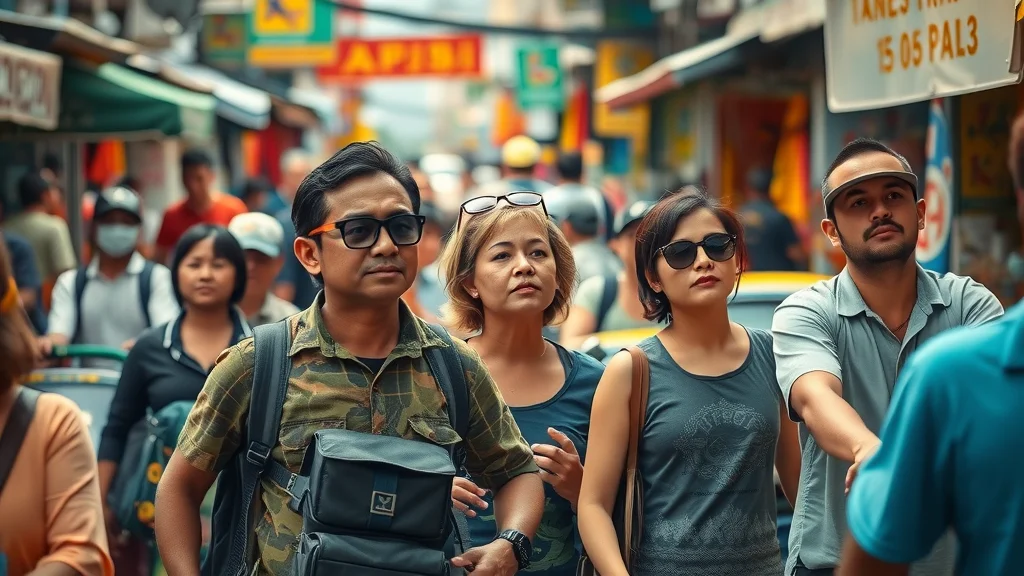
Main Risks: Natural Disaster, Petty Crime, and Health Issues
When examining the safety landscape of Southeast Asia, three primary risks consistently emerge: natural disasters (like typhoons and earthquakes), petty crime (mainly theft and scams), and health issues (from foodborne illnesses to mosquito-borne diseases). During monsoon season, flooding and landslides pose additional hazards, often disrupting travel plans or cutting access to certain areas. Awareness of real-time weather patterns, local news, and government advisories can help you avoid the worst. Particularly in urban hotspots, keep valuables hidden and always choose reputable operators for excursions, transport, and accommodations.
“Being prepared is more about knowledge than luck. Many pitfalls are avoidable if you know what to expect.” — Veteran Southeast Asia Traveler
Reconsider Travel? Southeast Asia Travel Precautions in Context
Should you reconsider travel to Southeast Asia? For the vast majority of visitors, the answer is no—being aware of and acting upon region-specific travel precautions is usually enough to mitigate risk. However, travelers with underlying health conditions, or those visiting during active political unrest or natural disaster warnings, should assess advisories and consider travel insurance. The table below compares safety ratings, common concerns, and recommended precautions across popular Southeast Asian destinations for a data-driven perspective on current travel advisories.
| Country | Safety Rating* | Common Concerns | Recommended Precautions |
|---|---|---|---|
| Thailand | 4/5 | Pickpocketing, road safety, minor scams | Stay alert in crowds, use registered taxis, keep valuables hidden |
| Vietnam | 4/5 | Petty theft, food safety, traffic accidents | Eat at reputable restaurants, be cautious crossing roads, use travel insurance |
| Singapore | 5/5 | Strict laws, minor petty crime | Follow local laws & customs, respect public spaces |
| Indonesia (Bali) | 3.5/5 | Natural disaster, theft, scams | Monitor weather alerts, secure accommodation, avoid unlicensed operators |
| Malaysia | 4/5 | Bag snatching, transport safety | Use crossbody bags, avoid traveling alone at night, use official taxis |
| Philippines | 3/5 | Natural disaster, remote health access | Stay connected, register travel, check emergency contacts |
*Safety Rating is based on traveler reports and international advisories as of 2024. Ratings are comparative within Southeast Asia.
Staying Safe in Southeast Asia: Key General Principles
- Follow well-known travel tips: stay vigilant in crowded areas and keep your valuables hidden.
- Familiarize yourself with local laws and customs before arrival.
- Keep digital and printed copies of all important travel documents for Southeast Asia: passport, visa pages, travel insurance, and emergency contact info.
Personal safety starts with a proactive mindset. Travel tips like using hotel safes, avoiding late-night walks alone, and sticking to reputable service providers reduce your exposure to risk. Learn how to easily access embassies and healthcare, as rules and resources may differ from those in the United States or other Western countries. Understanding differences in local customs—such as modest dress codes at religious sites, or required official documentation when renting vehicles—can help prevent legal troubles. In summary, thoughtful preparation not only keeps you safe in southeast asia, but also allows for deeper enjoyment of local culture and experiences.

Travel Tips: Navigating Cities and Rural Areas
- Safe in Southeast Asia cities: Stick to legitimate taxis, use ride-sharing apps where available, stay in well-reviewed accommodations, and avoid showing valuables in public.
- Off-the-beaten-path: Rural travel tips: Always inform someone of your travel plans, carry a charged phone with emergency apps installed, and be mindful that access to quality medical care or reliable police assistance is often limited outside major hubs.
Urban areas across Southeast Asia can feel crowded and overwhelming for new arrivals. Noise, dense foot traffic, and confusion over transport systems require patience and presence of mind. For travelers looking to get off the beaten path, rural areas offer unique beauty and authentic encounters—yet demand heightened awareness regarding transport options, weather risks, and local wildlife. It is wise to research the area’s safe place recommendations before you set out. Finally, keep up-to-date on local news, as strikes, festivals, or sudden weather changes may impact your travel experience more than official guides suggest.
Health & Hygiene: Essential Southeast Asia Travel Precautions
Nothing can ruin an adventure quite like getting sick abroad. Southeast Asia travel precautions for health mean preparing for unfamiliar germs, different dietary standards, and climate extremes. From vaccines to water safety, here’s how to ensure your trip is memorable for all the right reasons.
Vaccines & Medical Preparations for Southeast Asia
- Do I need any vaccines to go to Southeast Asia? Yes—standard vaccinations include Hepatitis A and B, Typhoid, Tetanus, and often Japanese Encephalitis, Rabies, and routine childhood immunizations.
- Travel clinics and health insurance tips: Visit a specialized travel clinic at least 4–6 weeks before departure for up-to-date recommendations for the specific countries on your itinerary. Buy travel insurance that covers health emergencies, evacuation, and trip interruption. Bring a printed or digital copy of your medical records and vaccine proof, as some countries require these at customs.
These health precautions aren’t just about protecting yourself; they can also help avoid costly and stressful medical incidents while abroad. Research hospitals or clinics in your destination where English is spoken and services meet international standards, and keep their locations handy. Lastly, purchase a well-stocked first aid kit and familiarize yourself with emergency pharmacy options for added peace of mind.

Water in Southeast Asia: Tap Water and Bottled Water Safety
- Drinking tap water in Southeast Asia: Generally, tap water in Southeast Asia is not safe to drink for foreigners. Local plumbing standards and treatment may vary, and even in large cities, contamination is possible.
- Risks and safe practices: Always stick to bottled or filtered water. Avoid ice unless you’re certain it’s made with purified water. Use water purifiers or iodine tablets when traveling to remote areas. Be vigilant about washing fruits and vegetables with safe water.
- How to not get sick in Southeast Asia: Brush your teeth with bottled water and avoid swallowing shower water. Carry hand sanitizer, and adopt strict hygiene routines—especially before eating or handling food.
Waterborne illnesses can range from mild food poisoning to serious conditions like cholera or typhoid. Consider packing water purification tablets and a refillable bottle with a built-in filter. If you’re unsure about local water, play it safe—your stomach will thank you!
Food Hygiene: Avoiding Foodborne Illness
- Eating street food in Southeast Asia: Street food is a highlight of travel in the region, but only eat where you see food being freshly cooked and where vendors appear clean and busy. Avoid anything that’s been sitting out or kept lukewarm.
- Identifying reputable food stalls: Follow locals—busy stalls often reflect both quality and high turnover. Check for visible cleanliness, use of gloves, and covered ingredients. Beware of raw or undercooked meat and seafood.
Street food can be a safe and unforgettable culinary adventure if you apply a few common-sense principles. Always use your senses: If the smell, look, or overall feel isn’t right, walk away. When unsure, stick to peel-able fruits, well-cooked dishes, and bottled drinks—the extra caution can make a big difference in enjoying, not enduring, local flavors.

Navigating Common Scams & Safety Hazards in Southeast Asia
Common scams are unfortunately a reality for tourists in Southeast Asia's most visited locations. The key to stay safe is awareness, skepticism towards offers that sound too good to be true, and never allowing yourself to be rushed into payments or signing documents.
Common Scams Every Traveler Should Avoid
- Common scam types in Southeast Asia: Unofficial taxi drivers, “broken meter” scenarios, overly friendly strangers offering unsolicited tours, fake police officers demanding bribes, and overpriced souvenirs.
- How to recognize and avoid them: Research scam warnings for your destination before arrival. Always use official taxis or ride-hailing apps, reject offers that don’t feel right, and keep communication clear (and preferably in writing) for any substantial purchases.
Keeping your valuables hidden, using ATMs attached to recognized banks, and never giving out your passport except at official points can help sidestep the vast majority of scams. If you suspect you're being targeted, politely but firmly disengage.
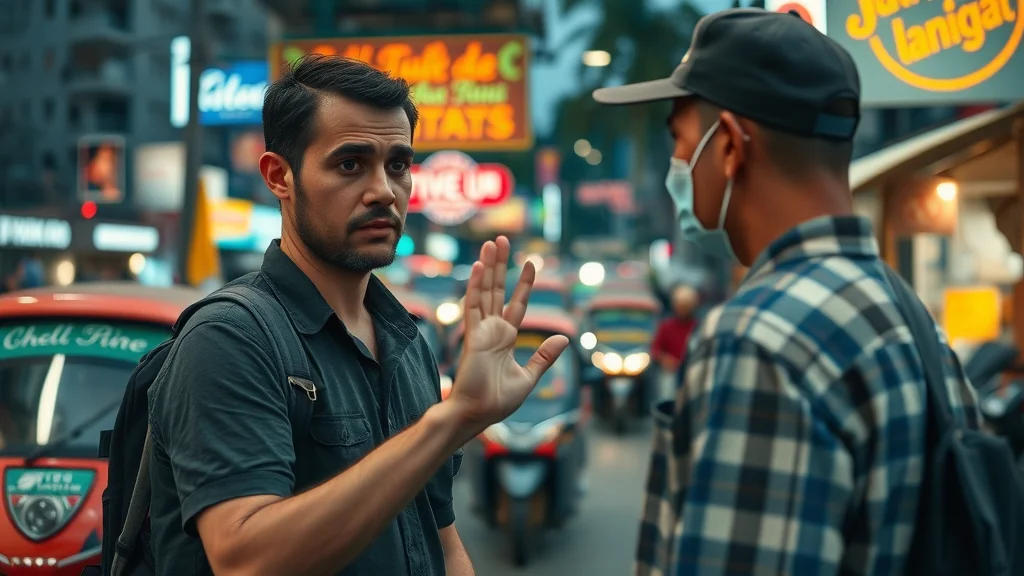
Natural Disaster Risks: What You Need to Know
- Most common natural disaster threats in Southeast Asia: Floods, earthquakes, tsunamis, typhoons, and volcanic eruptions depending on the season and country.
- Emergency planning and alerts: Register your trip with your home country's embassy, monitor real-time alerts using global weather and disaster apps, and discuss an evacuation plan with your accommodation, especially in coastal or mountainous regions.
Southeast Asia is generally well-equipped to handle seasonal natural disaster challenges, but early warning and quick response are not guaranteed everywhere. Preparation is key: Always know your exits, keep a basic survival kit at hand, and have emergency contact numbers programmed into your phone.
Special Tips: Female Travel and Solo Female Travel In Southeast Asia
Female travel in Southeast Asia is increasingly common and generally safe in major cities and tourist hubs, but some unique considerations apply for women and especially solo female travelers. Understanding cultural expectations, dressing modestly, and avoiding isolated areas after dark are basic yet crucial steps for safety.
Is Solo Female Travel Safe in Southeast Asia?
- Solo female travel precautions: Inform someone you trust of your daily plans and check in regularly. Choose accommodation with strong security reviews and opt for female-only dorms where available. Trust your instincts—if a situation or person feels off, act quickly to remove yourself.
- Resources for women travelers: Use women-focused travel forums, local support networks, and mobile safety apps designed for quick emergency alerts and check-ins. Many cities have dedicated tourist police or female-friendly transportation options, so ask your guesthouse or hotel for recommendations.
“I traveled alone through Vietnam and Cambodia—being cautious, especially at night, made all the difference.” — Lydia, frequent solo traveler

What to Pack: Southeast Asia Travel Precautions Checklist
- Essential documents for travel: Passport (with at least 6 months validity), digital and physical copies of all IDs, visas, and travel insurance policies.
- Health & safety items: First aid kit, prescription medications and medical letter, insect repellent, hand sanitizer, and portable water purifier.
- Appropriate clothing: Lightweight, breathable fabrics for heat, a rain jacket, modest attire for temples, and a scarf or shawl.
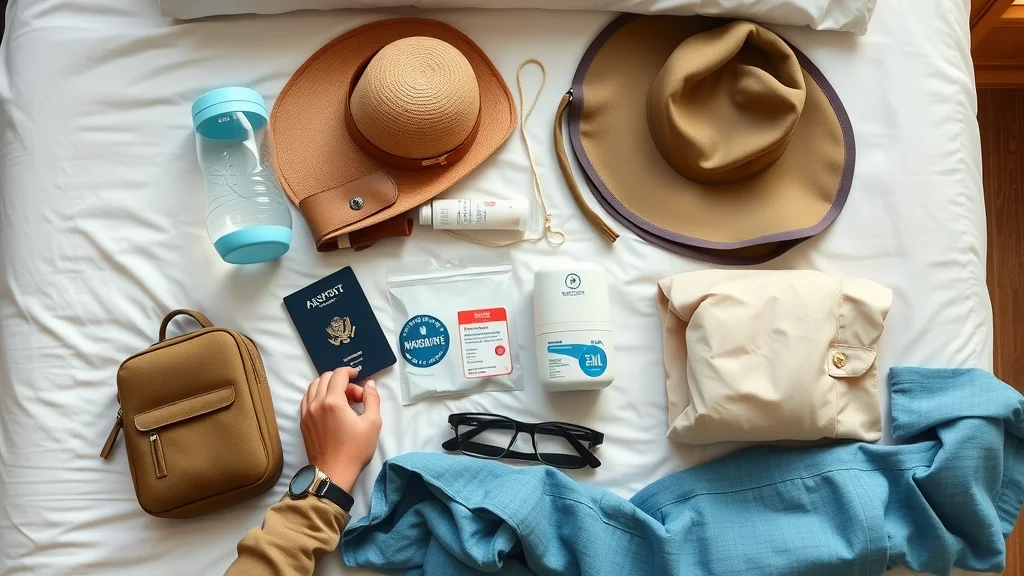
Transportation in Southeast Asia: Staying Safe on the Move
Traveling by train, bus, or taxi in Southeast Asia is typically safe when you choose reliable operators and follow local travel tips. However, unregulated transport or poorly maintained vehicles can present hazards. When possible, book in advance, stick to recommended companies, and avoid late-night journeys, especially in remote areas.
Safe Travel Tips for Trains, Buses, and Taxis in Southeast Asia
- Trusted transport options: Use reputable booking platforms or hotel recommendations for train and bus tickets. For taxis, opt for metered vehicles or licensed drivers via popular ride-sharing apps like Grab or GoJek.
- Bargaining and booking tips: Confirm the price before entering vehicles without meters, avoid paying up front, and keep small denominations for easier transactions. Late arrivals or luggage mix-ups are rarer with major providers, so prioritize quality over price on critical routes.
Friendly, local taxi drivers and transport staff are often willing to help, but always trust your gut—if anything feels off, choose another ride. Keep your belongings within reach at all times, and never leave bags unattended on public transport.
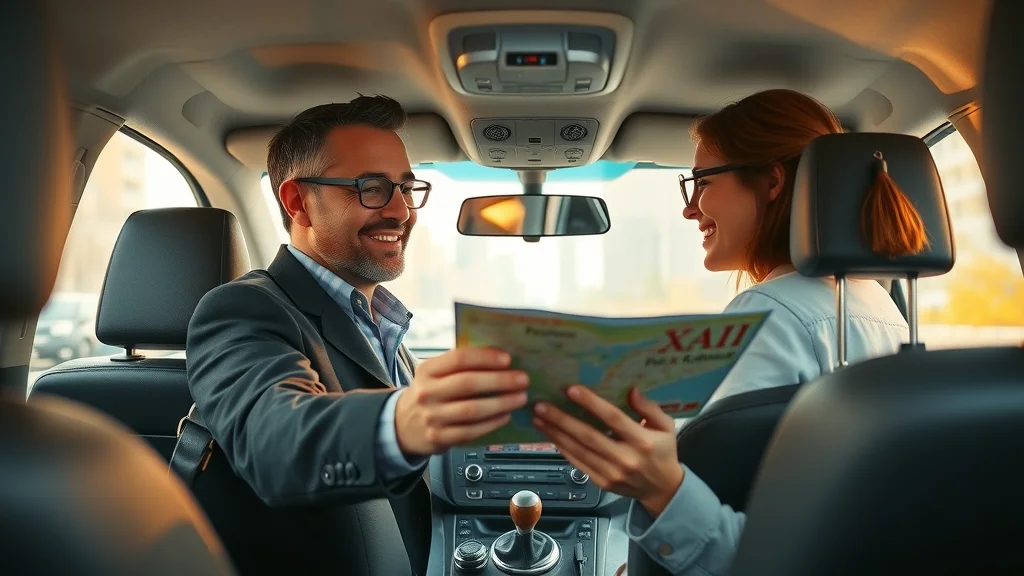
Digital Southeast Asia Travel Precautions: Cybersecurity, Connectivity, and Apps
- Internet safety in Southeast Asia: Avoid using open Wi-Fi for sensitive transactions, use VPN services, and set up two-factor authentication for essential accounts.
- Essential travel apps: Download maps, translation, ride-hailing, and emergency contact apps before your trip. Apps like Maps.me, Google Translate, and local ride-sharing tools can save time and stress.
- Staying connected in rural areas: Purchase a local SIM card at the airport or authorized store for reliable data and emergency access, especially during rural or off-the-beaten-path excursions.
Digital convenience often translates to increased risk, so prioritize both security and connectivity when jumping between countries and networks. Set strong passwords and regularly back up important travel documents for easy retrieval if your device is lost or stolen.
Emergency Services and Local Laws: Southeast Asia Travel Precautions
Embassy Contacts, Medical Facilities, and Emergency Hotlines
- How to find help fast: Know the embassy or consulate address for your nationality in each country you visit. Keep hotel or guesthouse cards with addresses in both English and the local script for emergencies.
- Key phone numbers by country: Program local emergency numbers (police, ambulance, fire) into your phone ahead of time and carry a physical backup sheet in your wallet.
Emergency assistance can vary widely by country, but having these contacts ready gives you a critical edge. Many embassies also update travel advisories and check-in options via text or app notifications.
Local Laws and Customs Travelers Should Know
- Common legal pitfalls: Laws on drugs are extremely strict, and penalties severe. E-cigarettes are banned in some countries (like Thailand). Some countries, like Singapore, have strict fines for littering, jaywalking, or chewing gum in public.
- Respecting local customs and dress codes: Remove shoes before entering homes and temples; cover shoulders and knees at sacred sites; public displays of affection are frowned upon in more conservative areas.
Failing to follow local laws or social norms can result in fines, arrest, or simply being denied entry to attractions. Research ahead, observe how locals behave, and when in doubt, ask staff or guides for advice.
Watch real travelers using safety best practices throughout Southeast Asia: street food hygiene, keeping belongings close, consulting map apps, and riding safely with local transport. These quick clips capture what you need to know to stay safe, healthy, and confident across the region.
Short on time? Get crucial southeast asia travel precautions in under 3 minutes—practical tips for everyday safety, staying connected, protecting your money, and navigating local laws.
People Also Ask: Southeast Asia Travel Precautions
Is it safe to travel to Southeast Asia right now?
Current safety conditions and government travel advisories for southeast asia travel precautions
Most Southeast Asian countries are open and welcoming to international visitors, with standard precautions in place for health and safety. Check both your home country and your destination’s travel advisories before you go, as situations can change quickly with political unrest or weather events. Up-to-date alerts and flexibility in your plans maximize safety and enjoyment.
How to not get sick in Southeast Asia?
Sanitation, food hygiene, and water precautions for southeast asia travel precautions
Maintain strict hygiene routines: wash hands with soap, use hand sanitizer regularly, and only eat freshly cooked food from reputable sources. Never drink unfiltered tap water in Southeast Asia and always peel fruit yourself. Travel with a supply of oral rehydration salts and basic first aid supplies to tackle minor stomach upsets quickly.
Do I need any vaccines to go to Southeast Asia?
List of recommended vaccines and proof requirements for southeast asia travel precautions
Yes, travelers are advised to have up-to-date Hepatitis A and B, Typhoid, Tetanus, and sometimes Japanese Encephalitis and Rabies vaccines before visiting Southeast Asia. Some countries may request proof of vaccination (like Yellow Fever) depending on your travel history. Visit a travel clinic to discuss current requirements and get an internationally recognized vaccine card.
What is the safest country in Southeast Asia?
Travelers’ rankings and data-driven comparisons for southeast asia travel precautions
Singapore is consistently ranked as the safest country in Southeast Asia due to low crime rates, strict laws, and excellent public health standards. Cities like Kuala Lumpur and Bangkok are safe for most visitors when standard safety precautions are followed. However, always research current conditions, as rankings can shift with local events or government updates.
FAQs: Southeast Asia Travel Precautions
-
What should I do in case of an emergency?
Dial the local emergency number for police, ambulance, or fire depending on your need. Have your embassy or consulate contact ready and notify your accommodation provider immediately for local assistance. -
Is solo travel safe for men and women?
Yes, most places in Southeast Asia are safe for solo travelers who apply basic travel tips—avoid isolated places at night and keep others informed of your itinerary. Female travelers should follow the same guidance along with modest dress and heightened caution after dark. -
Are ride-sharing apps reliable in Southeast Asia?
Ride-sharing apps like Grab are widely used and generally reliable, especially in cities. Always double-check license plates and driver profiles before boarding, and avoid unregistered taxis. -
How do I avoid common tourist scams?
Be skeptical of unsolicited help, offers that sound too good to be true, and pressure to make quick decisions or payments. Stick to official services and use resources from your embassy about local scam warnings.
Key Takeaways on Southeast Asia Travel Precautions
- Being safe in Southeast Asia means informed preparation
- Health and safety essentials dramatically reduce risks
- Local laws, scams, and extreme weather are your top concerns
Your Turn: Share, Like, and Discuss Your Southeast Asia Travel Precautions
Have tips or stories to share? Please like, share and comment on this article—your advice could help the next traveler stay safe in Southeast Asia!
 Add Row
Add Row  Add
Add 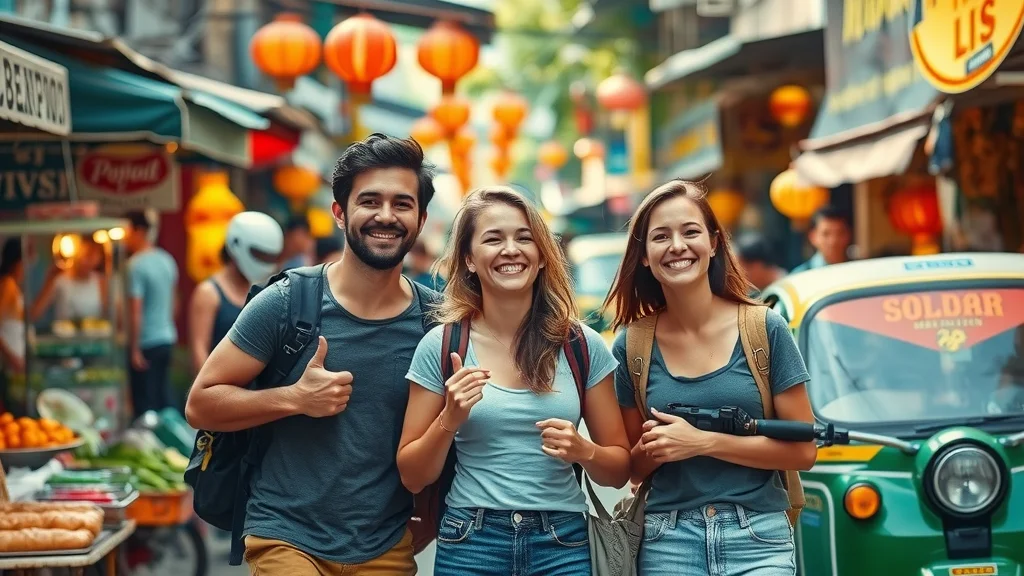


Write A Comment